Trigger button without touching the switch.
Contact us for your touchless button switch today.

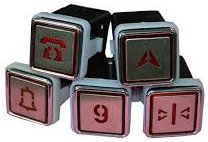
Contact Sales Representative:
Send Your Enquiry Here:



Click here for other touch-free contactless switches products.
Your Engineering Problem is Our Business
Trigger button without touching the switch.
Contact us for your touchless button switch today.





Click here for other touch-free contactless switches products.
Looking for a cloning service to copy your micro SD memory card?
Contact PIC-CONTROL today for a quote.
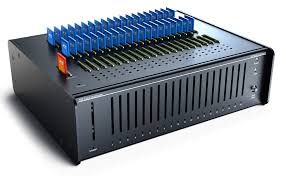
The reason I am doing this page is because I find development work using SEGGER IDE is really painful. It is really not a fun IDE to work with. Maybe in future, it will be better. But for now, I have a project to do, and I cannot spending time on a lousy development environment, knowing how fast it would be using a good IDE platform.
It is fortunate enough that a kind soul had developed a “GNU ARM Eclipse plugin” for development of ARMS firmware, currently supprted and maintain by Liviu Ionescu. While SEGGER does not support this plugin, it is recommended by them for developer who refer to use a better development environment for their programming.
https://www.segger.com/products/debug-probes/j-link/technology/ides/eclipse/
The only disadvantage is that the developer would not be able to use the SEGGER debugging function. Being a developer, I seldom find the need to use a debugger, nor I understand how important a hardware debugger is. I don’t find it very useful so far, and managed to turn out many projects without using it. Perhaps there is a better purpose of using a debugger that I did not understand.
This is my attempt to setup Eclipse IDE for ARM Cortex firmware development work. I hope this works as it can increase my productivity tremendously. I really have a lot of blocks using SEGGER IDE, after working with many better other IDE products.
reference: https://gnu-mcu-eclipse.github.io/
This guide provide a certain direction to learn and understand about Bluetooth BLE using Nordic tools and microcontroller.
The learning process with Nordic product can be very overwhelming. This guide provide a means to understand Bluetooth progressively.
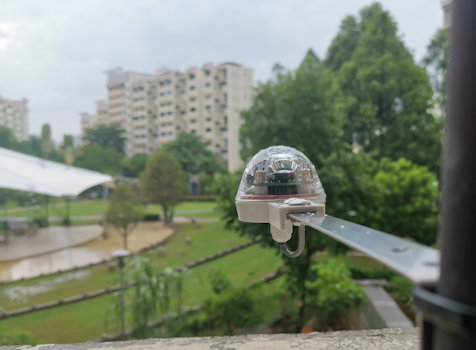
No more worrying about the rain.
Use a rain sensor to automatic control your motorised roller shutter control to prevent rain water from splashing into your premises.
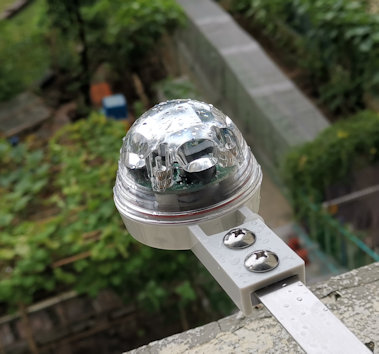
This rain sensor requires little maintenance as there are no mechanical parts or metal part that is expose to the wet environment.
The electronics is seal in a clear water-proof dome shape enclosure.
Simple sensor to detect and control your shutter.
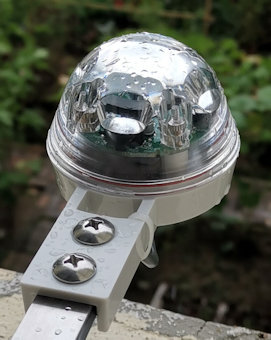
This is a 230Vac motorised roller shutter installed in a kitchen of the HDB flat. The shutter is open to allow natural air breeze to come in. When it rains, this shutter is automatically closed with the help of the rain sensor and a controller.
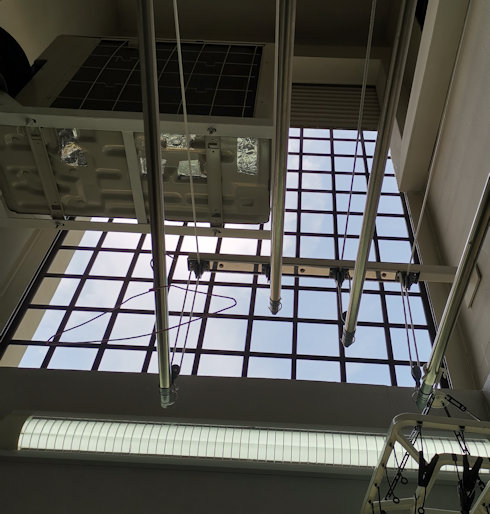
Open shutter door to allow fresh air and breeze into the house.
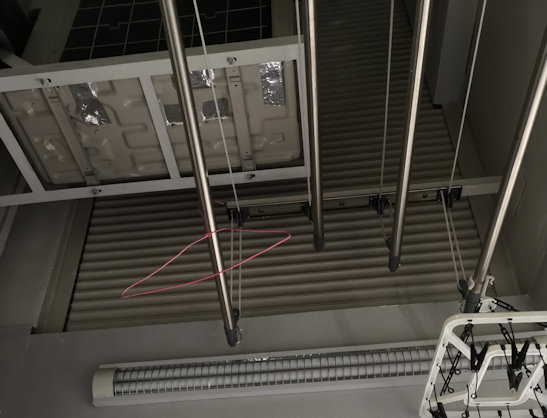
Shutter is automatically closed when rain water drops is detected by the rain sensor which is installed right outside this shutter.
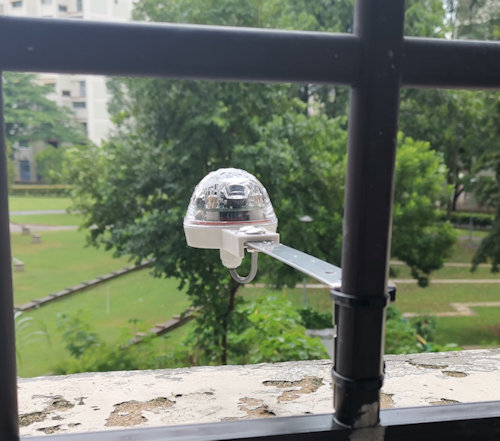
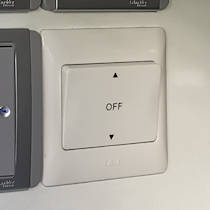
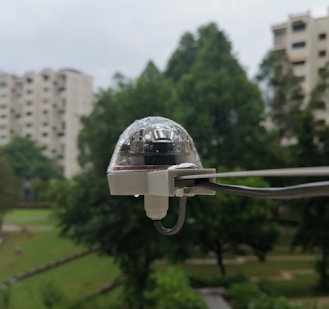
The user can use the wall switch to manually control the shutter by pressing the up or down switch.
Leaving the switch in the middle will leave the system in the automatic mode. This means the rain sensor will be in control.
When it rains, the sensor will close the shutter. When there is no rain for a period of time, the sensor will automatically open the shutter.
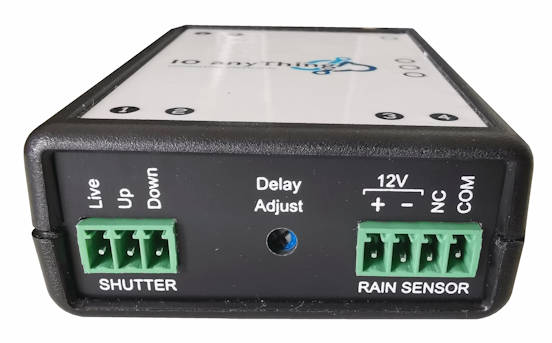
A rain sensor controller interface between the rain sensor, the motorised roller shutter, the wall switch control panel and the electricity power.
For more information about this rain sensor controller, please click here.
Depending on how fast you want the sensor to be activated, the sensitivity of the sensor can be adjusted. In typical installation, we will set it to the most sensitive.
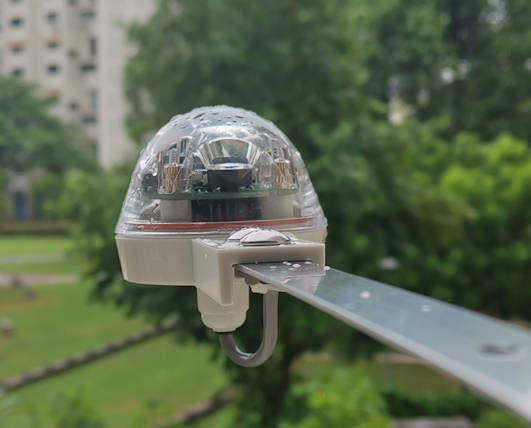
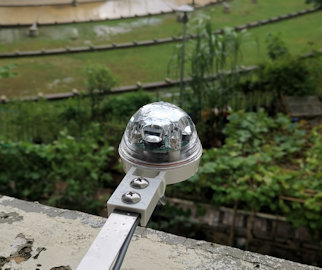
A custom mounting bracket can be use to extend out the sensor. This will help the sensor to activate the shutter close earlier before the rain gets splash into your home.
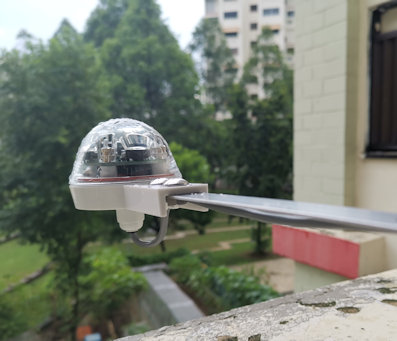
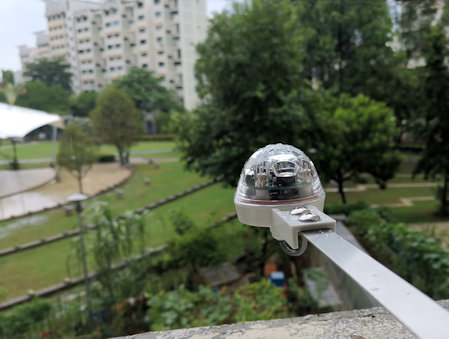
Looking for a cashless card payment reader for your new vending machine?
Check out this page, to guide you along in getting your machine connected to the latest digital payment system.
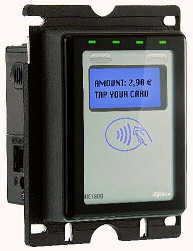
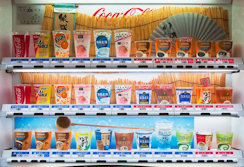
Cashless Card
Payment Terminal
There are many types of the vending machine to choose from. You do not need to be restricted or worry about not being able to connect with a cashless payment system. We are proficient in connecting up systems together.
One important point to take note is understanding the vending machine standard. As the vending machine is getting more and more popular, standards are established in the industry. Having a standard enables easier integration with vending machine related peripherals.
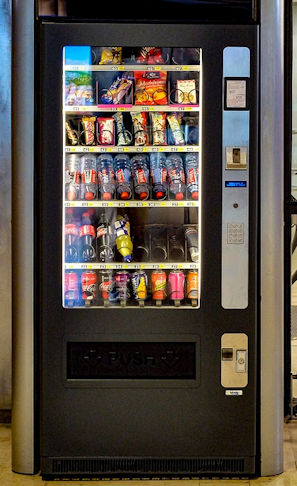
The two common communication standard between vending machine peripherals and electronic devices are MDB and VCCS. This standard takes care of how electronic devices talks to other devices within the vending machine.
MDB (Mutil-Drop Bus) is a common vending machine protocol used in the European countries. It is fairly common in Singapore too.
VCCS is a common vending machine protocol used in Japan. You might be able to see innovation Japan vending machine deployed around Singapore island.
DEX (Data Exchange) is a protocol for collecting audit and monitoring events information from vending machines.
EXE (Executive protocol vending machine) by Mars Electronics (in the 1980s) selling Mars snacks, introduced Protocol A, fondly known as the “Executive Protocol”. Initially designed for changegiver management, it has since evolved to facilitate cashless transactions. With the EXE protocol, sales transactions are seamlessly overseen by the changegiver, allowing for flexible pricing control on both the machine and the changegiver itself.
It is recommended that you look for a vending machine that is supporting MDB communication protocol. You can ask your vending machine manufacturer if their machine can support MDB or VCCS.
Using a vending machine design to the specific standard is cost-effective. You can simply plug in an MDB enabled cashless card payment terminal and you expect it to work without issues. It is plug and play. There is a lower probability of facing technical issues. This also translates to lower deployment cost and maintenance cost.
A vending machine that does not conform to the MDB or VCCS standards can also be connected to a cashless card payment terminal. Our engineer will have to assess your unique vending machine and design interfaces to enable your machine to communicate with the standard payment system. Many new unique vending machine may not support MDB or VCCS.
If you want to use such a unique vending system, we can assist you further. Simply send us your vending machine information,
Contact PIC-CONTROL for further questions.
Cashless card payment device accept Ezlink, NetsFlashPay, CEPAS, Credit Card (Visa/Master), Alipay, etc… For more information on the terminal, you can check out this cashless payment terminal commonly used in Singapore.
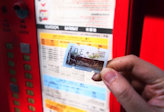


Click here to check out our -> cashless payment solution in Singapore.
Wanting to integrate a Cashless Card Payment system for your arcade gaming machine in Singapore?
Game payment using Ezlink, NetsflashPay, Credit Card (Visa/Master), Alipay, and more…

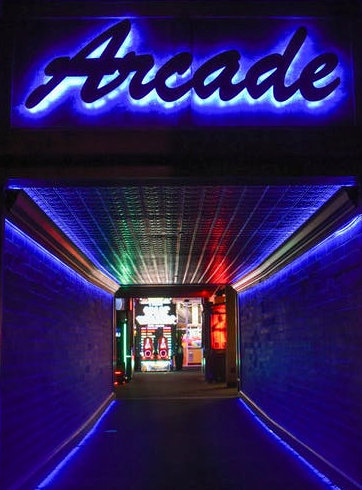
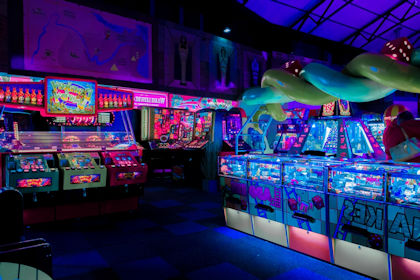
Send us your arcade machine information for our assessment of your gaming or entertainment machine. We will be able to provide you with a quote.
Click here to check out our rental rate of a cashless payment device for your gaming machine.
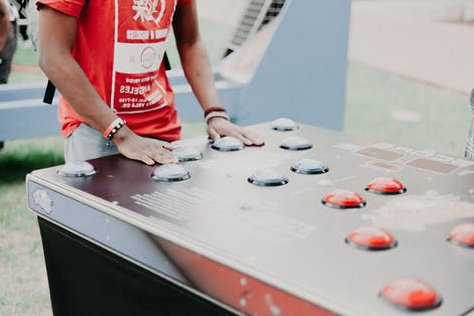
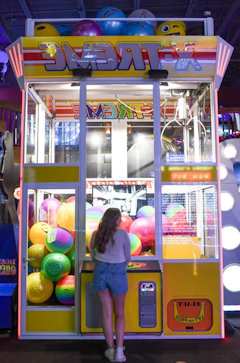
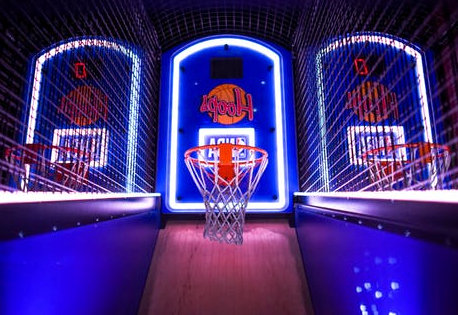

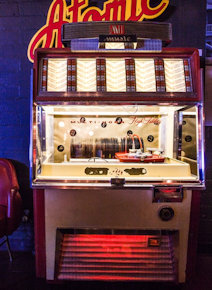
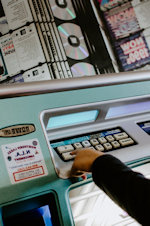
For more information, click here to check out our -> cashless terminal payment system offer in Singapore.